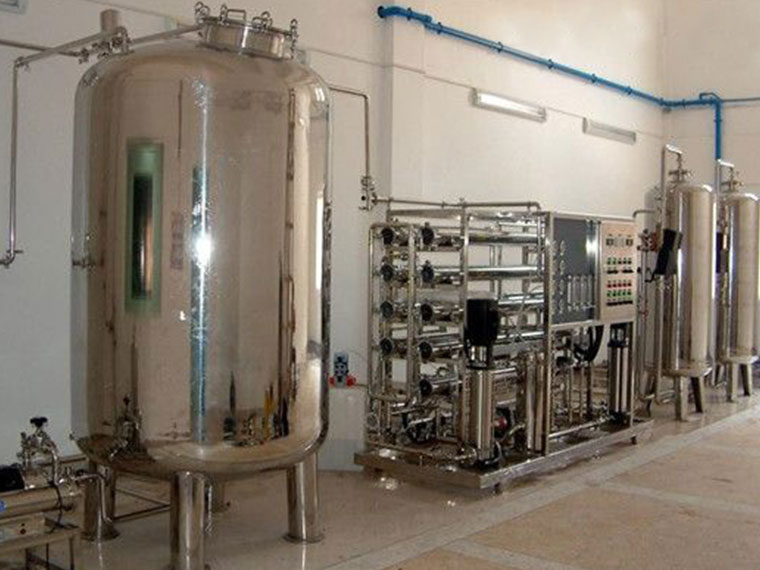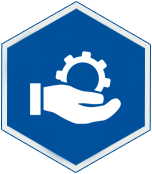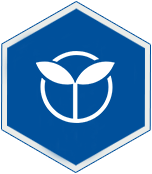
Medical sewage is a kind of low-concentration sewage. In addition to organic and inorganic pollutants (such as various medicines, disinfectants, anatomical wastes and other pollutants), it also contains a large number of bacteria, viruses and parasites, and its composition is relatively complex. If the waste water is directly discharged without treatment, it will cause harm to the surrounding waters, soil and human daily life. Its water quality indexes are: COD≤400mg/L, BOD5≤250mg/L, SS≤300mg/L, NH3-N≤50mg/L, Escherichia coli (each/L)≤3.0×108. After being treated by this process, the effluent water quality can meet the current national "Water Discharge Standards for Medical Institutions" (GB18466-2005) discharge requirements: COD≤60mg/L, BOD5≤20mg/L, SS≤20mg/L, NH3-N ≤15mg/L, Escherichia coli (pcs/L) ≤100.
Product Details
Medical sewage treatment technology
We insist on being customer-centric, quickly respond to customer needs, and continue to create long-term value for customers to achieve customer success. To provide effective services to customers is the yardstick of our work direction and value evaluation. To achieve customers is to achieve ourselves.

High degree of automation

Low cost

Very low risk factor

Environmental protection